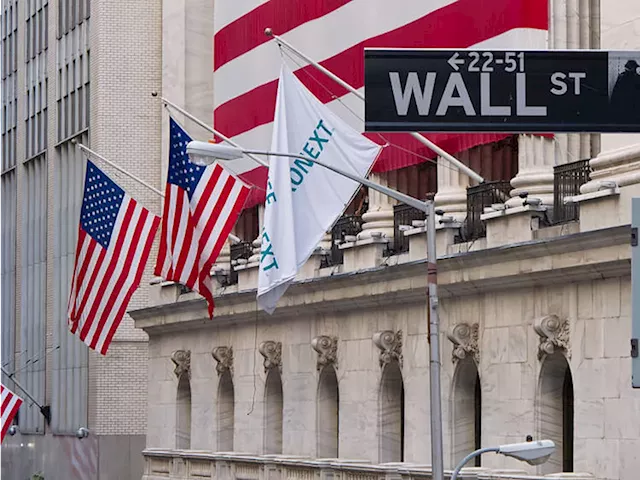Victor J. Blue | Bloomberg | Getty ImagesIf you want a simple indication of why market timing is not an effective investment strategy, take a look at the data on the S&P 500 year to date.
How to explain that the S&P is up 14% but the number of up days is about the same as the down days? Just saying "there's been a rally in big cap tech" does not quite do justice to what has been happening. The bad news: had you not been in the markets on those eight days, your returns would be considerably worse.Colas is illustrating a problem that has been known to stock researchers for decades: market timing — the idea that you can predict the future direction of stock prices, and act accordingly — is not a successful investing strategy.
The problem is, no one has consistently been able to identify market tops and bottoms, and the cost of not being in the market on the most important days is devastating to a long-term portfolio.Here's a hypothetical example of an investment in the S&P 500 over 50 years.Minus the best performing day $124,491Source: Dimensional Funds
Business Business Latest News, Business Business Headlines
Similar News:You can also read news stories similar to this one that we have collected from other news sources.
 Time to Lock in Profits as Stocks Consolidate GainsStocks Analysis by Jani Ziedins covering: S&P 500, iShares Core S&P 500 ETF, SPDR® S&P 500, S&P 500 Futures. Read Jani Ziedins's latest article on Investing.com
Time to Lock in Profits as Stocks Consolidate GainsStocks Analysis by Jani Ziedins covering: S&P 500, iShares Core S&P 500 ETF, SPDR® S&P 500, S&P 500 Futures. Read Jani Ziedins's latest article on Investing.com
Read more »
 Why market timing doesn't work: S&P 500 is up 14% this year, but just 8 days explain the gainsThe cost of not being in the market on the most important days is devastating to a long-term portfolio.
Why market timing doesn't work: S&P 500 is up 14% this year, but just 8 days explain the gainsThe cost of not being in the market on the most important days is devastating to a long-term portfolio.
Read more »
 S&P 500 Forecast: Market subdued on Monday following best-performing week of 2023The S&P 500 index opened higher on Monday but somewhat gingerly.
S&P 500 Forecast: Market subdued on Monday following best-performing week of 2023The S&P 500 index opened higher on Monday but somewhat gingerly.
Read more »
